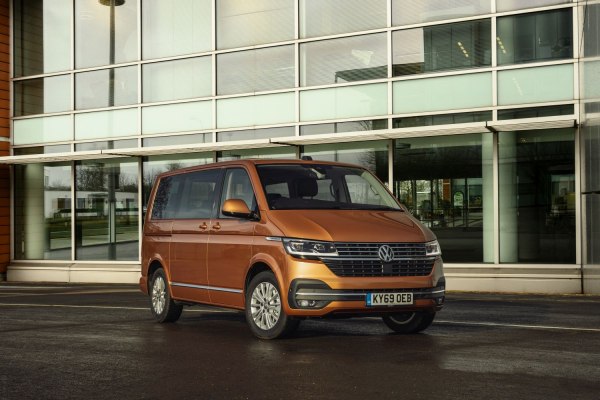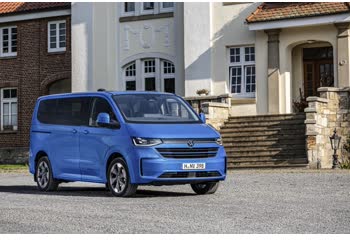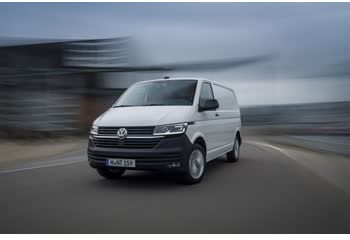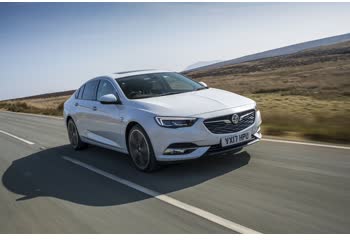Everything you need to know about specifications and performance - Volkswagen Caravelle 2019 - 2.0 TDI (199 Hp) DSG

Overview:
What is the engine capacity of a Volkswagen Caravelle 2019?
The engine capacity of the Volkswagen Caravelle 2019 is 1968.
Volkswagen Caravelle 2019 How many horsepower?
The engine power of the Volkswagen Caravelle 2019 is 199 Hp @ 3800-4000 rpm..
What is the Volkswagen Caravelle 2019 engine?
Volkswagen Caravelle 2019 engine is EA288 / CXEC. (Click to see other cars using the same engine)
How much gasoline does a Volkswagen Caravelle 2019 consume?
The Volkswagen Caravelle 2019 consumes 6.2-7.1 liters of gasoline per 100 km
General:
Brand: Volkswagen
Model: Caravelle
Generation: Caravelle (T6.1, facelift 2019)
Modification (Engine): 2.0 TDI (199 Hp) DSG
Start of production: 2019
End of production: 2021
Powertrain Architecture: Internal Combustion Engine
Body type: Van
Seats: 4-9
Doors: 4-5
Engine:
Engine systems: Start & Stop System
Power: 199 hp @ 3800-4000 rpm.
Power per litre: 101.1 hp/l
Torque: 450 nm @ 1400-2400 rpm.
Engine Model/Code:EA288 / CXEC
Engine displacement: 1968
Number of cylinders: 4
Engine configuration: Inline
Number of valves per cylinder: 4
Fuel injection system: Diesel Commonrail
Engine aspiration: BiTurbo, Intercooler
Valvetrain: DOHC
Engine oil capacity: 7.4 l
Engine layout: Front, Transverse
Cylinder Bore: 81 mm
Piston Stroke: 95.5 mm
Compression ratio: 15.5:1
Performance:
Fuel Type: Diesel
Fuel consumption (economy) - urban: 7.3-8.2 l/100 km
Fuel consumption (economy) - extra urban: 5.5-6.4 l/100 km
Fuel consumption (economy) - urban (NEDC, WLTP equivalent): 7.3-8.2 l/100 km
Fuel consumption (economy) - extra urban (NEDC, WLTP equivalent): 5.5-6.4 l/100 km
Fuel consumption (economy) - combined (NEDC, WLTP equivalent): 6.2-7.1 l/100 km
Fuel consumption (economy) - combined: 6.2-7.1 l/100 km
Emission standard: Euro 6d TEMP-EVAP-ISC
Acceleration 0 - 100 km/h: 9.3 sec
Acceleration 0 - 62 mph: 9.3 sec
Maximum speed: 201 km/h
Weight-to-power ratio: 10.3 kg/Hp, 96.8 Hp/tonne
Weight-to-torque ratio: 4.6 kg/Nm, 218.9 Nm/tonne
Acceleration 0 - 60 mph: 8.8 sec
Space:
Kerb Weight (kg): 2056-2404
Max. weight (kg): 3080-3200
Max. roof load: 100 kg
Max load (kg): 796-1024
Trunk (boot) space - maximum: 5800 l
Permitted trailer load with brakes (12%): 2500 kg
Fuel tank capacity: 70 l
AdBlue tank: 13 l
Permitted trailer load without brakes: 750 kg
Permitted towbar download: 100 kg
dimensions:
Ramp-over (brakeover) angle: 13.7°
Length: 4904 mm
Width: 1904 mm
Height: 1970-1990 mm
wheelbase: 3000 mm
Width including mirrors: 2297 mm
Front overhang: 906 mm
Rear overhang: 998 mm
Ride height (ground clearance): 193-201 mm
Minimum turning circle (turning diameter): 11.9 m
Approach angle: 21.2°
Departure angle: 16.2°
Powertrain, Suspension and Brakes:
Drivetrain Architecture: The Internal combustion Engine (ICE) drives the front wheels of the vehicle.
Drive wheel: Front wheel drive
Number of gears and type of gearbox: 7 gears, automatic transmission DSG
Front brakes: Ventilated discs, 340x32.5 mm
Rear brakes: Ventilated discs, 294x22 mm
Assisting systems: ABS (Anti-lock braking system)
Steering type: Steering rack and pinion
Power steering: Electric Steering
Tires size: 215/60 R17; 235/55 R17; 255/45 R18
Wheel rims size: 7J x 17; 8J x 18
Front suspension: Independent, type McPherson with coil Spring and anti-roll bar
Rear suspension: Independent coil spring, Wishbone, Transverse stabilizer
See also

Last generation.
Its production began in 2024 until Now

Same engine. (EA288 / CXEC).
Its production began in 2019 until 2021

Same production year and almost the same engine capacity.
Its production began in 2019 until 2020

Write a comment